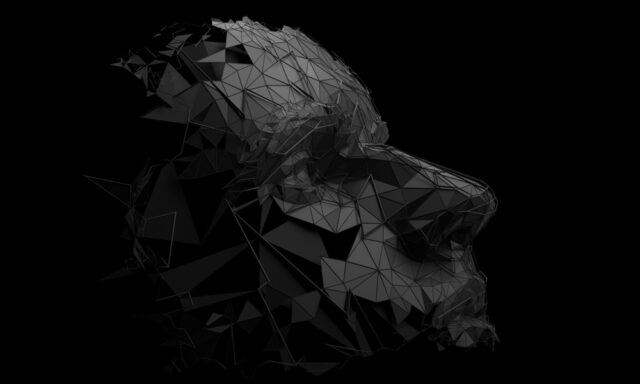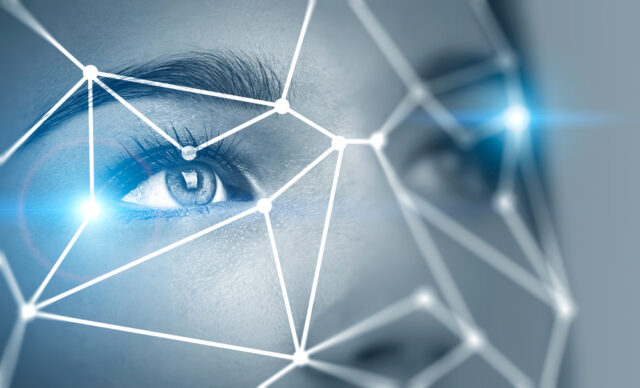
2D and 3D face recognition technologies. Pros and cons
2D and 3D face recognition technologies. Pros and cons
We have witnessed the birth and development of unique technology. The future has already arrived, and artificial intelligence has become a part of our daily life. One of the capabilities of “smart technology” is the facial recognition system. Let’s talk about it.
Technologies of the 21st century
Facial recognition has raised the level of security in cities to the highest possible level. It is used to monitor the situation and identify offenders among the crowd. Modern video surveillance with a biometric reader is replacing the entire staff of security guards and managers.
It is used in shops, train stations, airports, hospitals and schools, and businesses in general, where the control and the safety of people are required.
Also, we must not forget about the importance of biometric methods in marketing.

2D
2D technology produces a flat, two-dimensional image. The face recognition program reads the face parameters and produces images with a minimum set of physical and mathematical features.
Pros and cons
2D algorithms are the most popular in the market due to their efficiency and budget. High demand motivates the creators of the technology to improve it constantly.
Among the shortcomings at the moment is the high error rate:
- false pass – 0.1%;
- false refusal – 2.5%.
ЗD
3D creates a three-dimensional image and has a higher quality of the created image. There are several ways to swipe faces:
- laser;
- scanners with illumination and digital processing of image bends;
- scanners with photogrammetric technology of work.
Pros and cons
3D technology is characterized by high reading accuracy. The false-pass rate is negligible, only 0.0005%, and the false-pass rate is 0.1%.
But this accuracy of work requires more sophisticated equipment and development methods. Therefore, the disadvantages are:
- the need to purchase expensive cameras to maintain the 3D function;
- the absence of collected databases of identified people, which significantly complicates the analysis in real-time;
- the percentage of the difference between twins for personality recognition is practically minimal.
Conclusion
Face recognition using 2D and 3D technologies is rapidly developing and is used in almost all large companies and enterprises. With their help, “smart” and safe offices and entire cities are created. Faceter is a good representative of an intelligent video surveillance company in the market.












